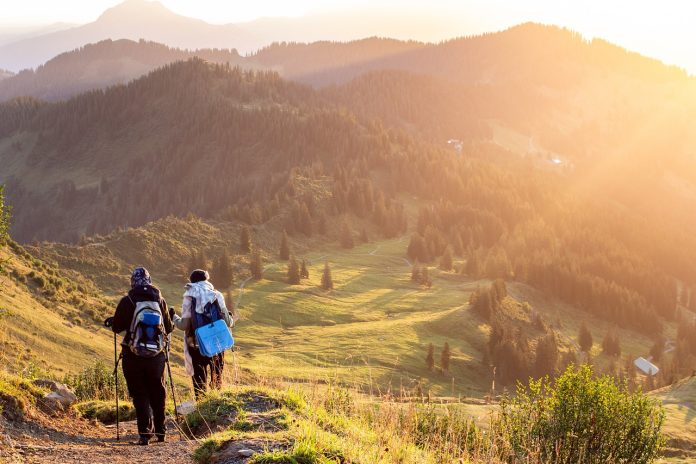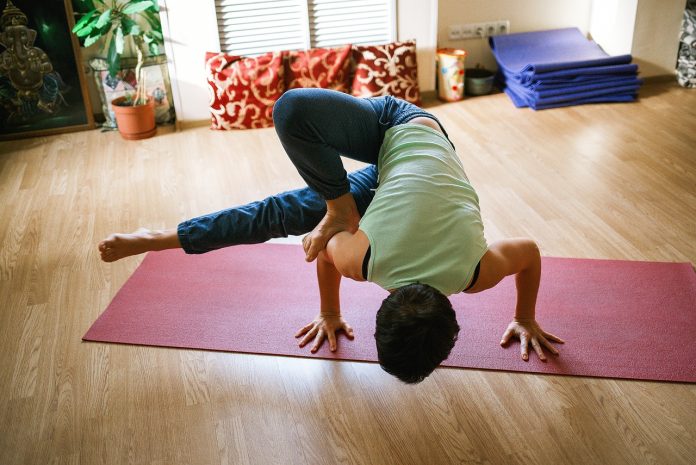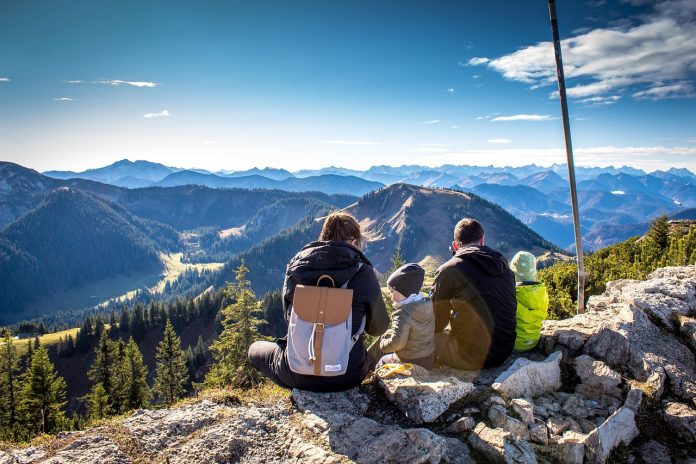Hiking is one of the most popular outdoor recreational activities, offering a plethora of benefits related to health, social connection, and nature. It can be done solo or in groups, in parks or wilderness, over easy trails or challenging climbs. If you’re new to hiking, this complete guide will teach you all about how to get started, from essential gear and trail etiquette to types of hikes and maximizing enjoyment on the trail. How to start hiking?
Table of Contents
Why Go Hiking? The Many Benefits
First, what draws people to hiking in the first place? Hiking offers a wealth of physical, mental, and social benefits:
- Improves cardiovascular health and lung capacity by raising the heart rate. Burns substantial calories.
- Builds strength, especially in legs, hips, and core from climbing terrain.
- Boosts balance, stability, and coordination navigating uneven and variable trails.
- Spending time in nature is mentally calming, reducing stress and anxiety.
- The sense of accomplishment from summiting a peak or completing a challenging hike boosts confidence.
- Social activity that allows quality time with friends and family to deepen bonds.
- Being physically active outdoors simply feels good and is energizing.
- Appreciation of natural beauty, wildlife encounters, and escape from urban settings.
Hiking Essentials: Gear and Supplies
Proper gear and preparation will keep you safe and comfortable on the trail. Even for short day hikes close to home, you’ll want:
- Sturdy, supportive hiking shoes or boots with good traction. Break them in before longer hikes to prevent blisters.
- Light daypack to carry essentials, water, and snacks. Look for hip straps for stability and a chest clip for safety.
- Water and electrolyte beverages – Hydration is vital. Bring more than you expect to need.
- Food for energy like trail mix, nuts, dried fruit, and sandwiches. Don’t forget the chocolate!
- Cell phone, compass, trail map if unfamiliar terrain. Download helpful navigation and first aid apps.
- First aid kit including bandages, gauze, tape, antiseptic, pain relievers, etc.
- Layers of clothing for variable weather – windbreaker, fleece, thermal underwear. No cotton!
- Sun protection – hat, sunglasses, sunscreen lotion, lip balm
- Other useful items: a pocket knife, flashlight, whistle, bug spray, hand sanitizer, toilet paper
For overnight backpacking trips, you’ll need additional gear like a tent, sleeping bag and cook set. Trekking poles are helpful to reduce strain on joints, especially when carrying a pack.
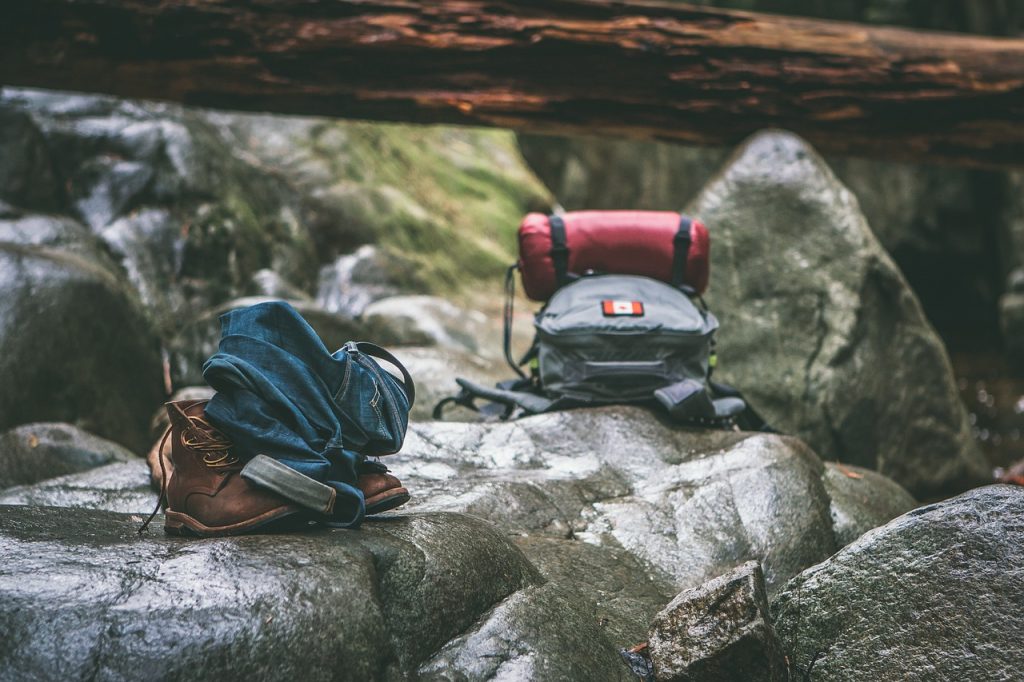
Choosing the Right Hike
Selecting hikes that match your current fitness level and experience will ensure an enjoyable time outdoors. Assess the:
- Length – Anything under 3 miles is ideal for new hikers. Build up the distance gradually.
- Elevation gain – Look at total elevation change. Hills and high altitudes affect difficulty.
- Trail conditions – Wide and smooth dirt paths are easiest. Rocky, narrow, steep trails with roots or erosion add challenge.
- Wayfinding – Well-marked trails are best if new to navigation.
- Time – Allow ample time to complete the hike based on your pace. Add extra breaks.
- Weather – Check the forecast for temperature, rain, wind, and thunderstorms. Avoid hiking in extreme weather.
Consult park websites and guidebooks like AllTrails for hike details. Start with easier local preserves and parks to gain skills before remote backcountry. Hike at the lower intensity on new routes to observe the terrain. Don’t be afraid to turn around if a trail proves too difficult.
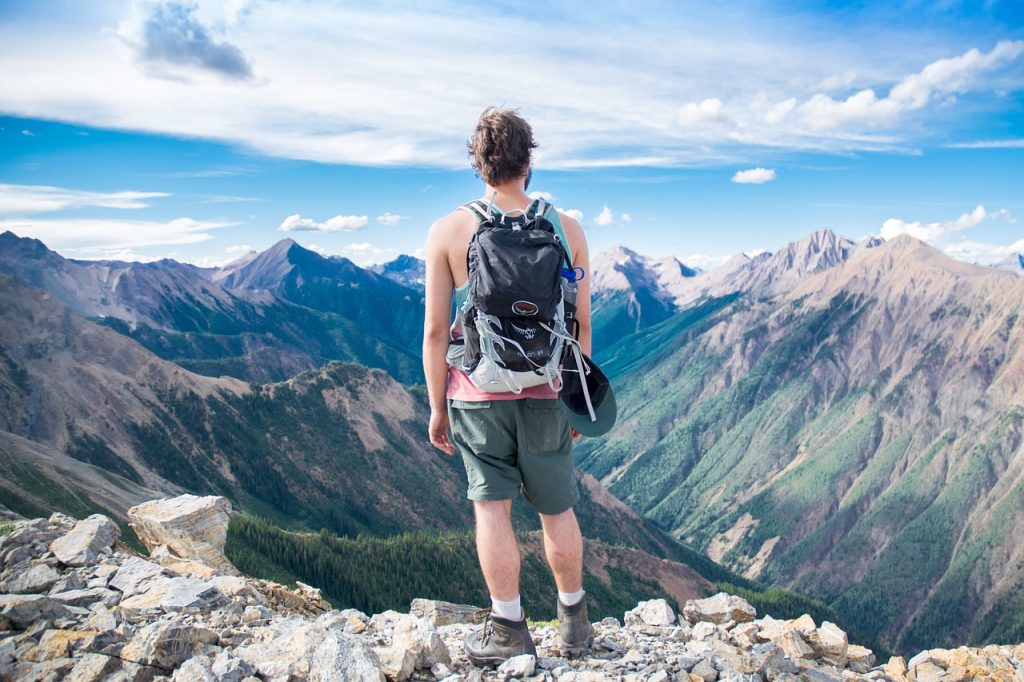
Hiking Etiquette and Safety
Observing basic hiking etiquette enhances your experience and safety as well as that of fellow hikers, wildlife, and the environment:
- Stay on marked trails to avoid trampling sensitive vegetation and getting lost. Don’t cut switchbacks.
- Give others space when passing by stepping off the trail or waiting if narrow. Announce yourself audibly when approaching from behind.
- Keep noise and loud voices to a minimum for serenity and to avoid startling animals.
- Respect public lands by not littering and cleaning up any trash you find. Follow all posted rules.
- Be mindful of noise and headphones. Stay alert to surroundings and wildlife.
- Keep dogs leashed, picked up after, and under verbal control. Not all trails allow pets.
- Don’t approach, feed or disturb wildlife. Observe from a distance.
- Carry out all trash you brought in, even food scraps. Follow Leave No Trace principles.
For safety, consider letting someone know your hiking route and when you plan to return. Stay within your limits and don’t take unnecessary risks near cliffs or dangerous water. Use caution in bear country by hiking in groups, making noise, and carrying bear spray.
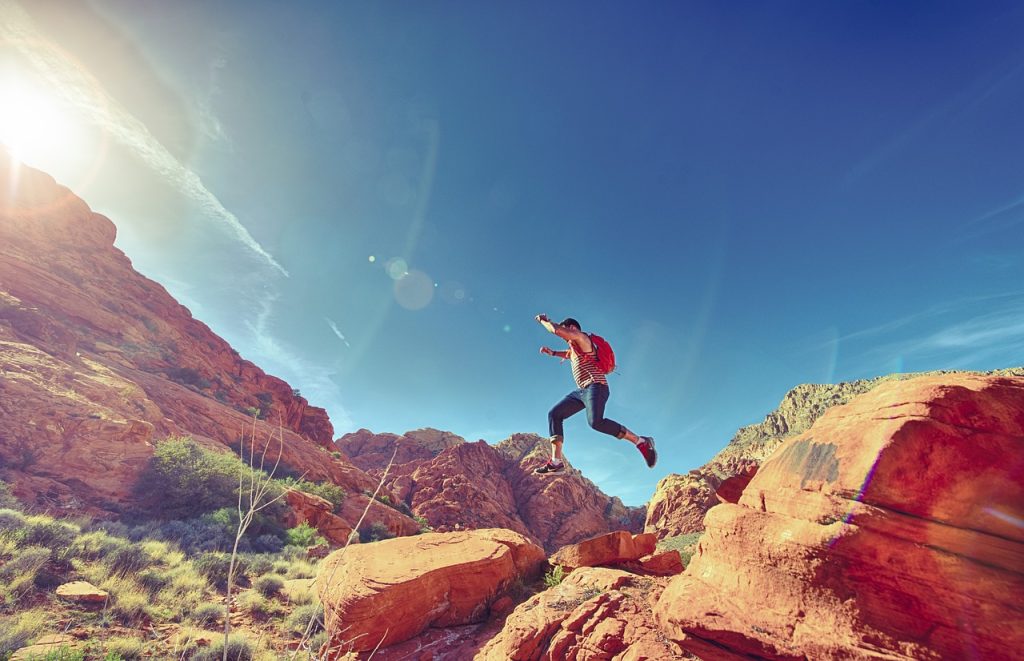
Maximizing Your Hiking Experience
Beyond preparation, here are some additional tips for getting the most out of every hike:
- Stop frequently for snacks and appreciate the view. Don’t rush to the end destination.
- Bring binoculars and field guides to spot birds and wildlife. Look for animal tracks and other prints.
- Capture memories with photos but live in the present moment too. Stow phone if distracting.
- Explore side paths and streams instead of just summiting and returning the same way.
- Chat with fellow hikers along the trail. You’ll meet interesting people from around the world.
- Sign trail registers to see the names and hometowns of others who hiked before you.
- Visit parks in all seasons to experience changing scenery. New sights and challenges every time!
- Volunteer for trail maintenance days to improve routes and meet fellow outdoors lovers.
- Attend guided nature hikes to learn about local plants, ecology, and geology from experts
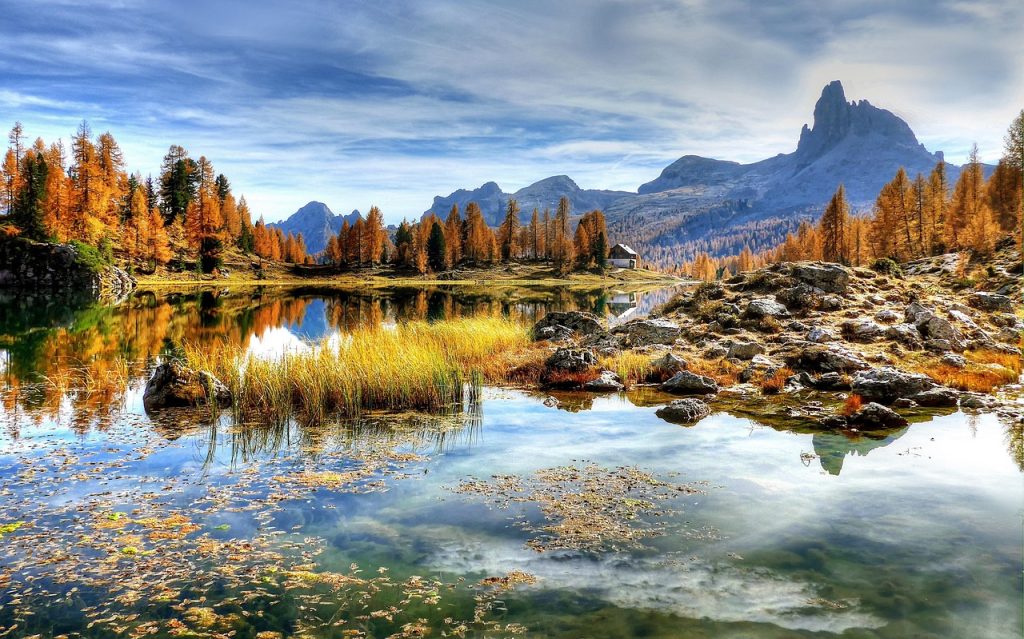
Types of Hikes to Try
As your skills progress, challenge yourself with more advanced, scenic hikes like:
Day hikes
- Riverside – Walk near waterways, marshes, and lakes. Great birding.
- Beach – Hike coastlines along oceans, Great Lakes, or inland lakes.
- Waterfall – Enjoy dramatic cascades and pools. Abundant in mountain areas.
- Lake to lake – Link two or more alpine lakes via passes and trails.
- Peak bagging – Summit local peaks for amazing vistas. Varying difficulty.
Backpacking
- Point to point – Park a car at each end to hike a continuous route instead of out and back
- Loop – Begin and end in one spot after completing a circular path. flexible mileage.
- Thru-hike – Tackle long-distance trails end-to-end over days/weeks like the Appalachian Trail. Need careful planning for resupply points, mileage, etc.
Guided tours
- Themed hikes like wildflower identification, full moon, and bird watching
- Naturalist tours in parks – Learn about ecosystems from expert guides.
- Groups like the Sierra Club offer organized hiking events for like-minded explorers.
The possibilities are endless. Seek out new challenges and scenery. Most importantly, remember that it’s about the journey, not the destination! Setting a sustainable pace that lets you soak up your surroundings leads to the most rewarding hiking experiences.
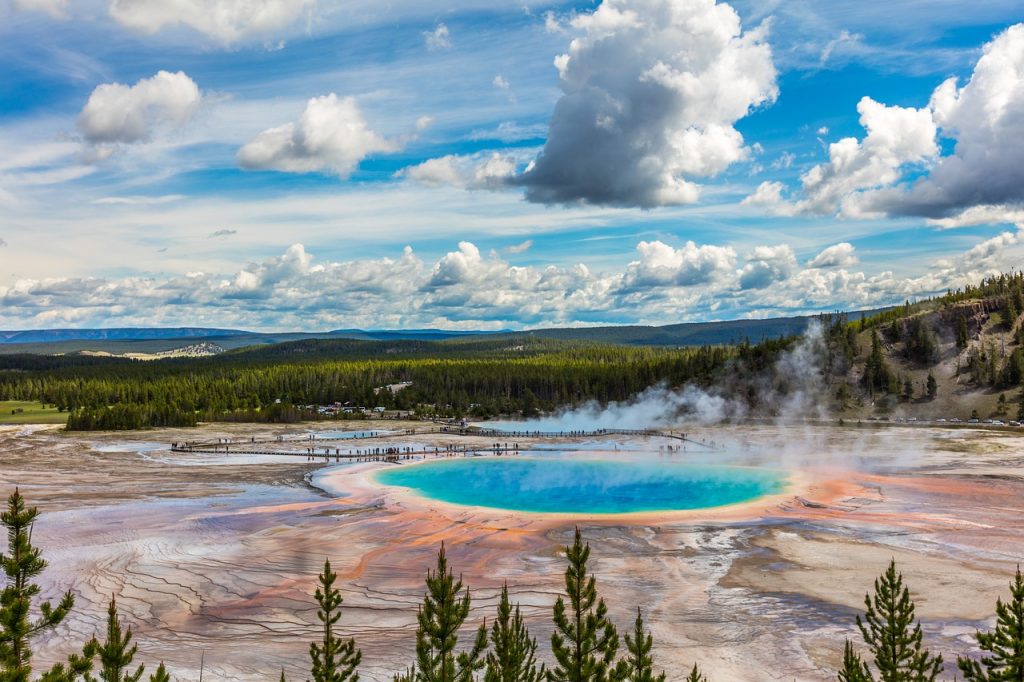
Getting Your Family Started Hiking
Hiking with kids and family is rewarding but requires additional considerations. Make it fun and ensure success with these tips:
- Let children set the pace so they don’t get frustrated or tired. Take frequent snacks and water breaks.
- Look for interactive opportunities like throwing rocks in the water, searching for critters under logs, or identifying birds and plants.
- Play trial games like I Spy, 20 Questions, or alphabet spot to pass the time.
- For young kids, bring kid-sized daypacks they can carry, fill with their own snacks and water. Get them invested.
- Hike early when kids have energy and limited patience. Avoid overtiring or late return times leading to meltdowns.
- Begin with flat, clear trails no more than a mile. Build up distance and elevation gain gradually as conditioning improves.
- Inspire older kids by letting them pick a destination goal like a waterfall or getting to see a summit view.
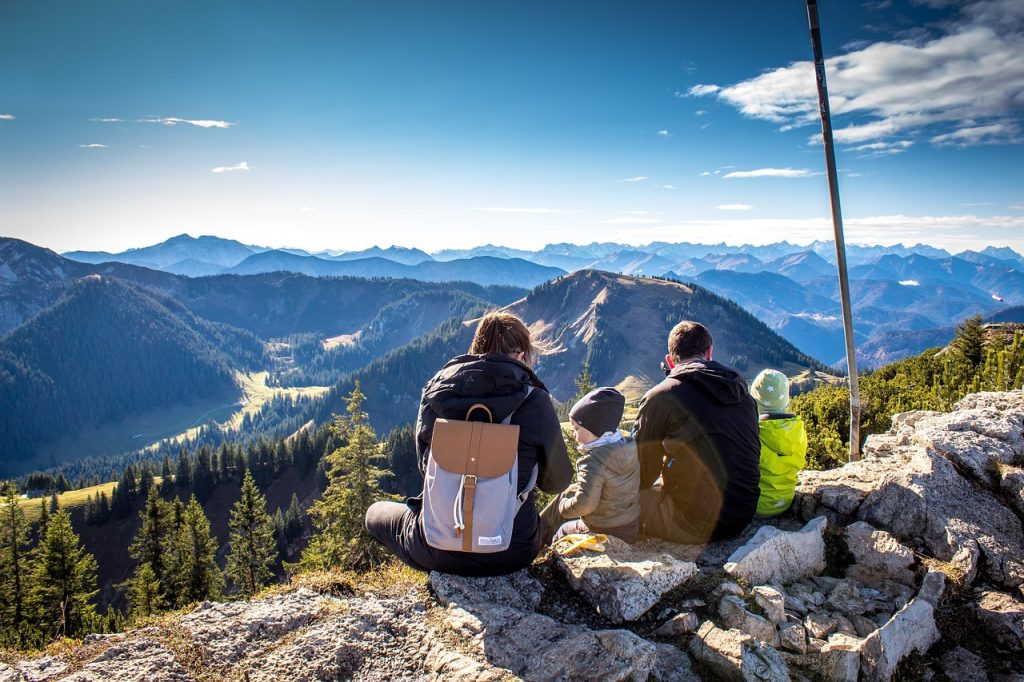
In summary, hiking offers a pathway to healthier living for people of all ages through connecting with nature, others, and our inner selves. Start local and easy, investing in proper footwear, clothing, and gear. Respect trail etiquette for safety and environmental stewardship. Work up distance and difficulty levels over time while maintaining an easy pace that allows taking in the views and experiences each unique trail offers. Soon you’ll be hooked on seeking out new adventures!


